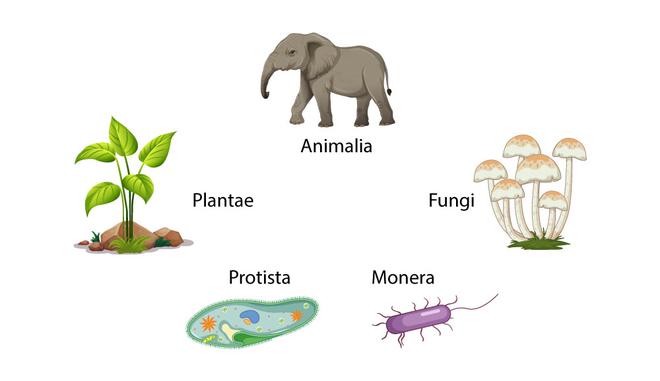Classification systems
A classification system is a way of grouping things together based on their shared characteristics. Classification systems are used in many different fields, including biology, chemistry, and physics.
In biology, classification systems are used to group living organisms together based on their shared characteristics. This helps scientists to better understand the relationships between different organisms and to develop theories about how life has evolved over time.

Uses of classification systems
Classification systems have a number of uses, including:
- To organize and identify organisms: Classification systems help scientists to organize and identify the millions of different species of living organisms that have been discovered.
- To study the relationships between organisms: Classification systems help scientists to study the relationships between different organisms and to develop theories about how life has evolved over time.
- To make predictions about organisms: Classification systems can be used to make predictions about organisms, such as their behavior, habitat, and diet.
- To conserve biodiversity: Classification systems can be used to identify and conserve endangered species.
Examples of classification systems
There are many different classification systems used in biology. One of the most common classification systems is the Linnaean classification system. This system groups organisms into six kingdoms:
- Archaea
- Bacteria
- Protista
- Fungi
- Plantae
- Animalia
Within each kingdom, organisms are further divided into phyla, classes, orders, families, genera, and species. Another common classification system is the cladistic classification system. This system groups organisms together based on their shared evolutionary history.

Conclusion
Classification systems are a valuable tool for scientists and other professionals who work with living organisms. They help us to better understand the diversity of life and the relationships between different organisms.